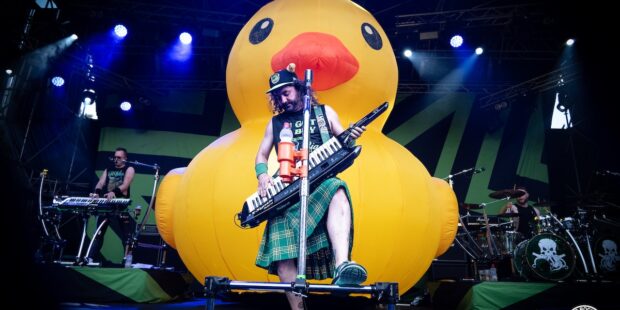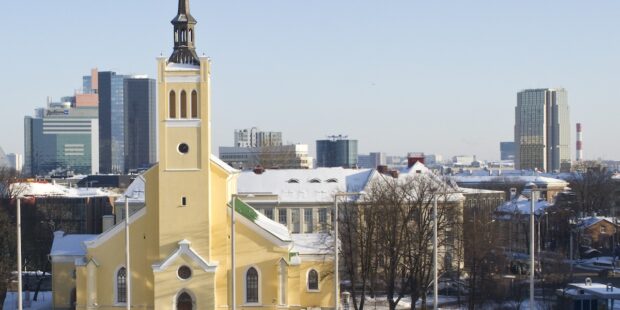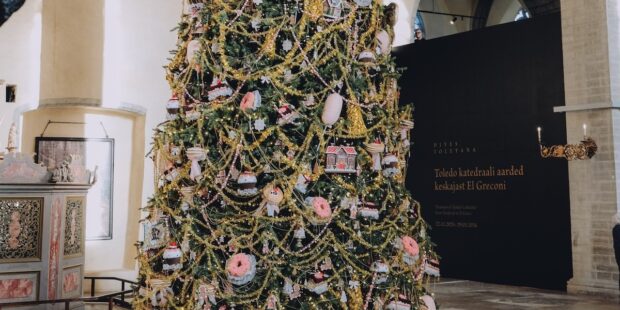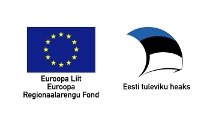Czech and Estonian surrealist art combine to mark 100 years of the movement
Text Mark Taylor Photo ERM
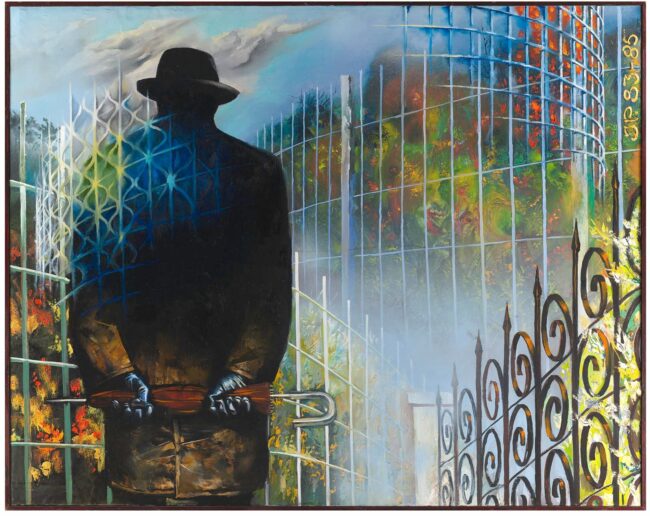 Aedade labürint (A labyrinth of gardens) by Jüri Palm
Aedade labürint (A labyrinth of gardens) by Jüri Palm
A new exhibition entitled “Surrealism 100. Prague, Tartu and Other Stories…”, has opened at the Estonian National Museum (ERM) in Tartu. At the exhibition, which is jointly curated by the Tartu Art Museum and the National Gallery Prague, visitors can enjoy works by the most renowned Estonian and Czech surrealists from the 20th and 21st centuries. The exhibition is part of the main programme of events as part of Tartu’s year as the European Capital of Culture in 2024.
“Surrealism 100. Prague, Tartu and Other Stories…” is an exhibition where Czech and Estonian surrealism start a unique dialogue. At first this might seem like a surprising combination, but the two states share a complicated history under the influence of the Soviet Union in the 20th century. Like Estonian art and culture, Czech art has been undeservedly left out of the scope of larger narratives.
“This year marks the 100th anniversary of the surrealist literary and artistic movement, which has offered over the century inspiration to many creators and compelling experiences to wider audiences,” explained Joanna Hoffmann, one of the curators of the exhibition. “2024 is also the year when Tartu, the capital of surrealism in Estonia, is the European capital of culture. Therefore it is prudent to tie these two important events together and to celebrate them even more grandly,” added Hoffmann.
Outside of Paris, Prague was the most important centres of surrealism in Europe during the 20th century. The most important authors of the surrealist movement in Prague were Toyen and Jindřich Štyrský from the first generation, Mikuláš Medek, Emila Medková, Josef Istler and Václav Tikal from the second, and Jan Švankmajer and Eva Švankmajerová from the third.
In Estonia, surrealism was approached in a less organised manner. Many artists, such as Eduard Wiiralt and Karin Luts, included surrealist motifs in their works, but they did not dedicate themselves to the movement. Ülo Sooster and certainly Ilmar Malin can be seen as the most consistent surrealist artist in Estonia. The latter was also one of the founders of the surrealist artists’ group PARA ’89.
Fascinating examples of surrealism can also be found in the oeuvre of numerous other 20th century Estonian artists on display in the exhibition, which coincides with the 100th anniversary of this international surrealism movement.
Besides works by Estonian and Czech artists, visitors can also enjoy a print by Salvador Dalí belonging to the Tartu Art Museum, as well as works by such artists associated with the surrealist movement as Luis Buñuel, Max Ernst, Man Ray and Giorgio de Chirico.
The exhibition, which will remain on display at the Estonian National Museum in Tartu until September 8, is also accompanied by a richly illustrated catalogue introducing Estonian and Czech surrealism.
Estonian National Museum (ERM), Muuseumi tee 2, Tartu
To learn more about this and similar topicsArt Exhibition Czech Surrealism ERM Estonian National Museum Estonian Surrealism Surrealist Art Tartu


